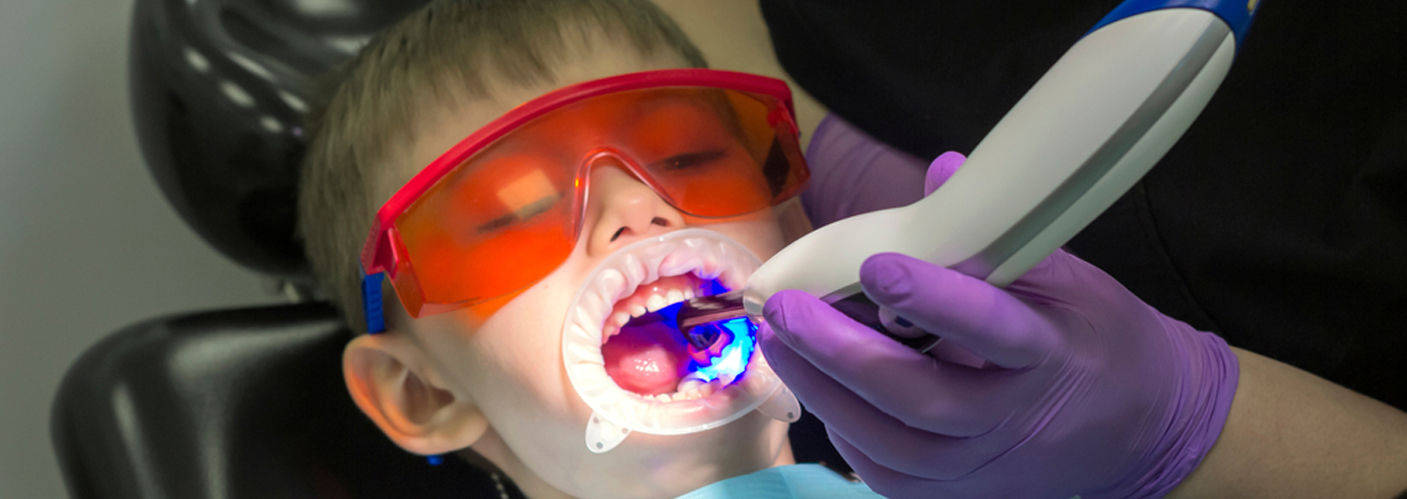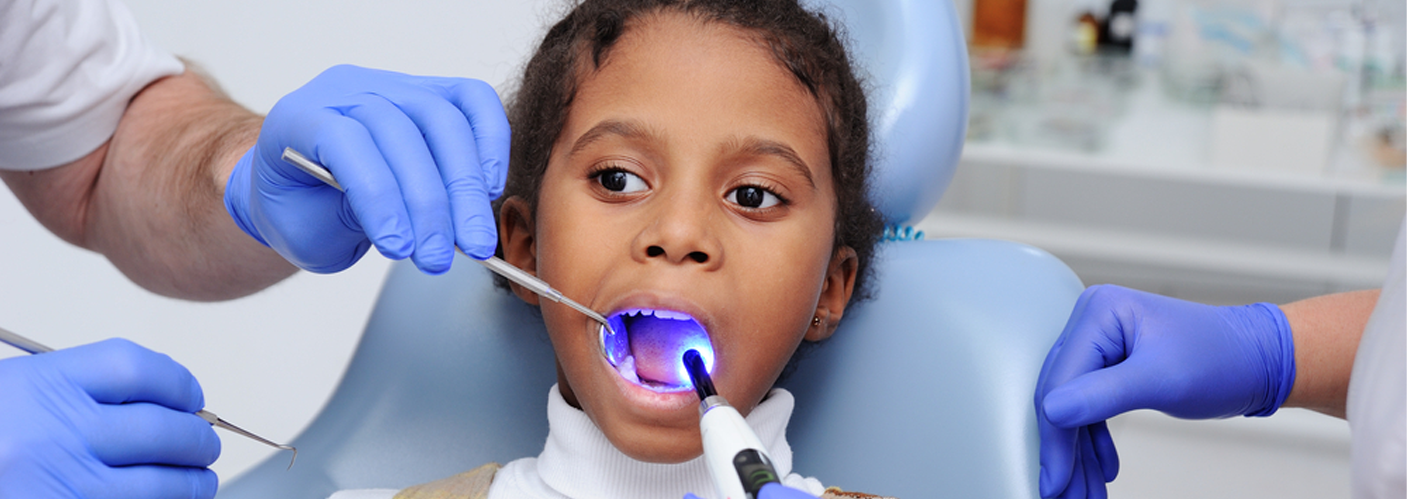According to The National Institute of Dental and Craniofacial Research, tooth decay is one of the most common chronic illnesses in growing kids. The NIDCR also observed that approximately 42% of the kids between ages 2 and 11 years have cavities, so let’s find which one is more suitable in Caps versus fillings.
Cavities, especially when small, are oftentimes not taken seriously by patients. However, most dentists agree that a cavity is easier to manage when it’s small. So rather than wait, it’s recommended you speak to your dentist when your child complains of tooth/teeth sensitivity even when it’s random and seldom. The earlier caries is detected and managed, the better outcome for the child.
Most cavities in their incipient stage can be managed with increased vigilance and home care. However, when the disease progresses to a certain stage, dental intervention/treatment is necessary. Dental treatment involves 2 stages:
- Removing the decayed part of the tooth and
- Replacing lost tooth structure with a filling/restoration
Caps versus filings: It is important to note that the type of filling/ restoration needed depends on the nature/extent of the cavity as well as other factors such as your child’s susceptibility to having cavities. Every lesson is different and might require a different approach.
Dental Filings:
A filing is a restorative material used to replace the missing tooth structure. Your pediatric dentist will remove the decay & then fill the hole with a filling material that matches your child’s tooth color. Although filling materials used in dentistry are strong and can withstand stress, it is important to know that they are not as strong as your child’s natural tooth and proper home care is necessary to ensure their longevity
Caps/Crowns:
A tooth cap/crown is a dental restorative material shaped like a tooth and is prefabricated to sit over your child’s tooth like a cap (hence the name crown). There are different types of caps based on the material from which it’s made. Caps could be Stainless Steel (Silver Caps), Resin, or Ceramic (Tooth-coloured caps).
Caps are used to repair teeth with large decay/ fracture, multiple surface decay, or decayed teeth in children with higher than normal susceptibility to cavities.
When do we prefer caps over fillings for your child?
Caps are more durable, fillings are less invasive: When we discuss caps versus filings which one is best for kids & offers better results. Caps provide the better option to protect back molars, which fall around the age of 12 mostly. For a cap to fit well, most dentists will have to shave off more tooth structure than they would for a regular filling. However, caps are known to last longer than fillings.
Strengthen compromised teeth: Although caps and fillings can offer some form of strengthening to teeth, dental studies show that caps offer more protection and strength to severely compromised teeth.
Caps help to protect from further decay: Since caps sit on a tooth, it becomes the new outer layer, protecting the tooth from outside influences in the mouth like plaque, sugar, and bacteria. This is especially helpful in kids with higher than normal caries experience.
Are your kids also suffering from mouth cavities? Kindly, don’t avoid this do contact Dr. Alex Okoye for early cavity treatment!!







